Describing Fire Regimes Using State and Transition Models
The descriptions also contain the rules for mapping each modeled state in the succession classes geospatial product. Model input using the Vegetation Dynamics Development outputs describing the long-term mean Tool VDDT.

Pdf Mega Fires Tipping Points And Ecosystem Services Managing Forests And Woodlands In An Uncertain Future
2010 Weisz et al.
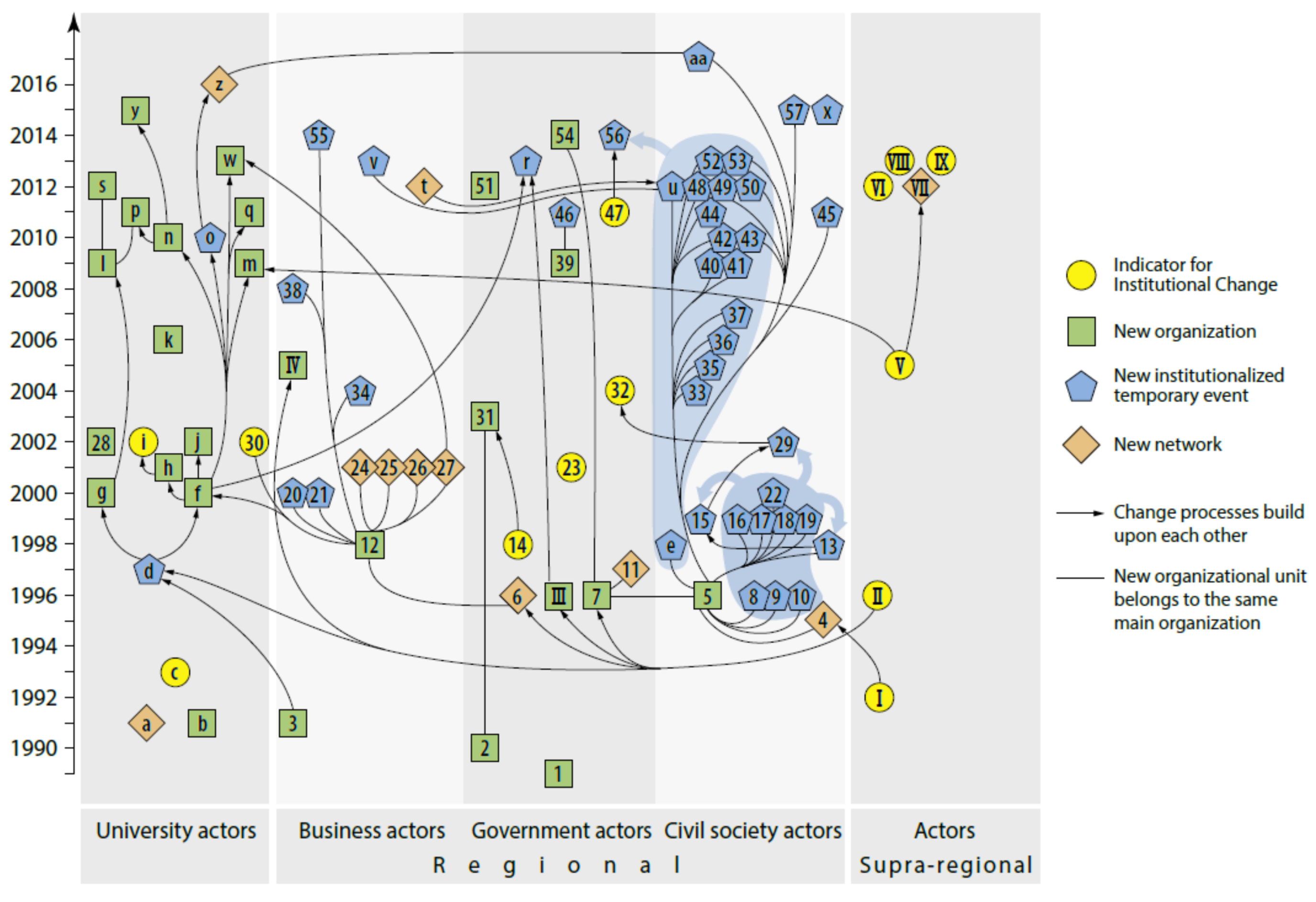
. STMs are widely used in land management across both forest and rangeland landscapes Forbis et al. STMs are primarily based for expert opinion and literature reviews lacking analytical testing to support vegetation community dynamics thresholds and state changes. BPS models represent unique potential vegetation units with distinct disturbance regimes based on vegetation soils climate and topography Pratt et al.
1 a quantitative state-and-transition model and 2 a description. Nations of biophysical data. Data describing the historical fire return inter-vals of Texas thereby aiding future efforts to-wards restoring fire regimes conserving fire-adapted species and communities and in-forming fire risk and prevention.
1996 and 2001 Hardy et al. METHODS We reviewed and summarized published literature describing historical fire regimes in the state of Texas. Landscape Simulation of landscape burned by fire regime Model in each seral.
The BpS description documents describe the BpS concepts and helped LANDFIRE mapping teams create the BpS geospatial product. Plant invasions and fire regimes. Stewards of Western rangelands must manage increasingly complex social-ecological systems with few practical decision-making tools to help them evaluate the ecological and socio-economic costs benefits and risks of their management choices.
Keywords Araucaria Mont Do spatial model state and transition model fire regime landscape pattern positive feedback vegetation dynamics alternative stable states. State-and-transition models can account for a broader spectrum of vegetation dynamics than the range model because they can represent vegetation change along several axes including fire regimes soil erosion weather variability and management prescriptions in addition to the secondary successiongrazing axis associated with the range. Pre-lndustrial Anthropogenic Fire Regimes in Transition.
Starting with grasslands as the baseline state fire return intervals of 3-8 years result in tran- sitions to shrublands and fire frequencies of 8-10 years lead to transitions to woodlands Fig. Dynamics using state-and-transition models STMs and linking model output to. The origin and persistence of these fire landscapes in New Caledonia and in the south-west Pacific in general is crucial for their effective management.
An Example Models currently being developed describe the states and transitions of fire-adapted oak-woodland communities Appendix A. Using computer-aided modeling land management teams can use ST-Sim to document or justify management actions in forthcoming forest plans and NEPA documentation. Generally describe fire regimes or vegetation over small.
Developing the LANDFIRE Fire Regime Data Products Matthew G. State-led industrialization policies and fire exclusion transformed the local communities that gener. Under normal fire regimes we expect the tree layer oaks and other species to.
The models provide a conceptual framework for understanding ecologi-cal dynamics Bestelmeyer et al. The LANDFIRE Program collaborated with experts across the country for more than a decade to create a unique product describing the characteristics and basic ecology of hundreds of ecosystems. 2009 Briske et al.
Ward Greg Dillon Sarah Pratt and Ann Wolf OVERVIEW Developing nationally consistent data products describing ecological departure from historical conditions and historical fire regimes is a main component of the LANDFIRE Project. The use of state-and-transition models STMs. Woodland fire regimes as witnessed by the massive Whitewater-Baldy Fire of 2012.
Regimes using a rule set approach to unique combi resent increasing levels of risk from uncharacteristic. ST-Sim allows managers to ask landscape-wide what-if questions based on different management regimes and land treatments while estimating interactions with expected climate changes. This 3-part modeling miniseries takes a wide-ranging look at State-and-Transition-Simulation-Models STSMs and use the LANDFIRE BpS models as a launching point for inquiry about ecosystem change over time.
BpS model results are used to estimate reference conditions for vegetation and fire regimes. Transition models in the upper Grande Ronde River subbasin Brooks M. 2006 Hemstrom et al.
2006 Keane et al. 2004 Holmes et al. LANDSUMv4 is a spatial state-and-transition patch-level succession model combined with a spatially explicit disturbance model that simulates fire growth using a cell-to-cell spread method Keane and others 2002a.
We compare contemporary wildfire and historic. 2001 Schmidt et al. The fire regimes based wildland fire behavior and effects Hann and Bunnell on Heinselman 1981 Morgan et al.
Oak-Woodland States and Transitions. Abstract State-and-transition models STMs are used in natural resource management to describe ecological site scale response to natural and anthropogenic disturbances. Fire disturbance probabilities for a quantitative coarse oak-hickory-pine state-and- transition VDDT reference condition model.
Rangeland Ecol Manage 61359367 July 2008 Forum Recommendations for Development of Resilience-Based State-and-Transition Models D. Global Integrated analysis of landscape management scenarios using state and Change Biol. In order to describe landscape fire patterns fire ecologists have developed the concept of the fire regime.
This product known as the Biophysical Settings BpS Descriptions and Models consists of two components. Ucts from the work included vegetation models spatial data sets describing current vegetation conditions and projections of vegetation conditions. We characterized historic fire regime reference conditions for forests across our study area using biophysical setting BPS state-transition models Table 3.
Sources of ecological complexity include the expanding tide of invasive non-native species altered fire regimes changing climate and. A number of tools. Change and plant invasions.
It communicates practical ways to use STSM in real-life research management and academia. State-and-Transition Simulation Model ST-Sim Using computer-aided modeling land management teams can use ST-Sim to document or justify management actions in forthcoming forest plans and NEPA documentation. Regimes using biophysical setting BPS state and transition models Keane et al.
ST-Sim allows managers to ask landscape-wide what-if questions based on different management regimes and land treatments while. Shaver4 Authors are 1Professor Department of Ecosystem Science and Management Texas A.
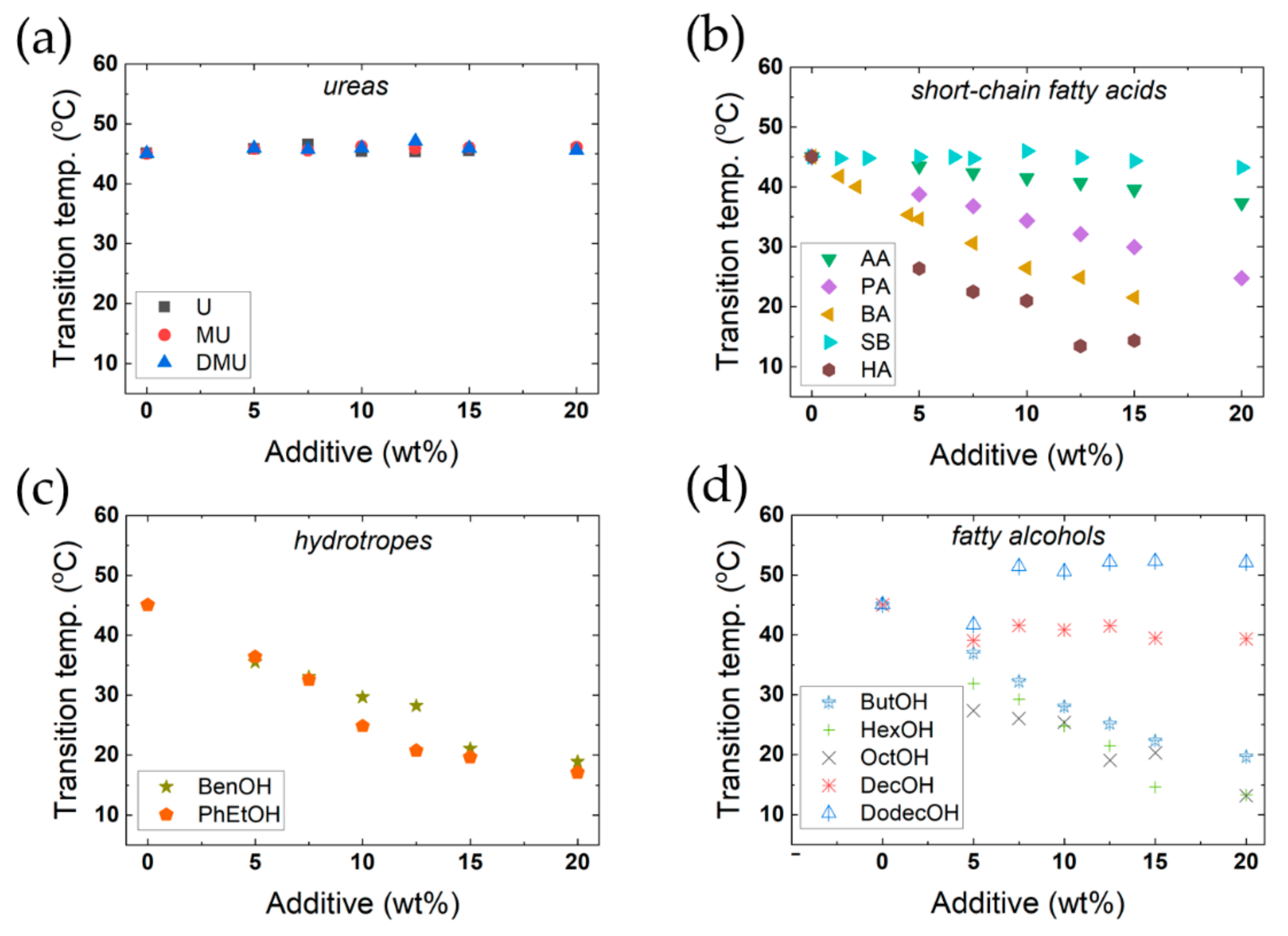
Molecules Free Full Text Double Chain Cationic Surfactants Swelling Structure Phase Transitions And Additive Effects Html

Vegetation Dynamics Models A Comprehensive Set For Natural Resource Assessment And Planning In The United States Blankenship 2021 Ecosphere Wiley Online Library

Transition Management Framework Wittmayer And Loorbach 2016 Download Scientific Diagram

Pdf State And Transition Models Thresholds And Rangeland Health A Synthesis Of Ecological Concepts And Perspectives

Household Energy Transition In Sahelian Cities An Analysis Of The Failure Of 30 Years Of Energy Policies In Bamako Mali Sciencedirect

Landscape Fragmentation Severe Drought And The New Amazon Forest Fire Regime Alencar 2015 Ecological Applications Wiley Online Library
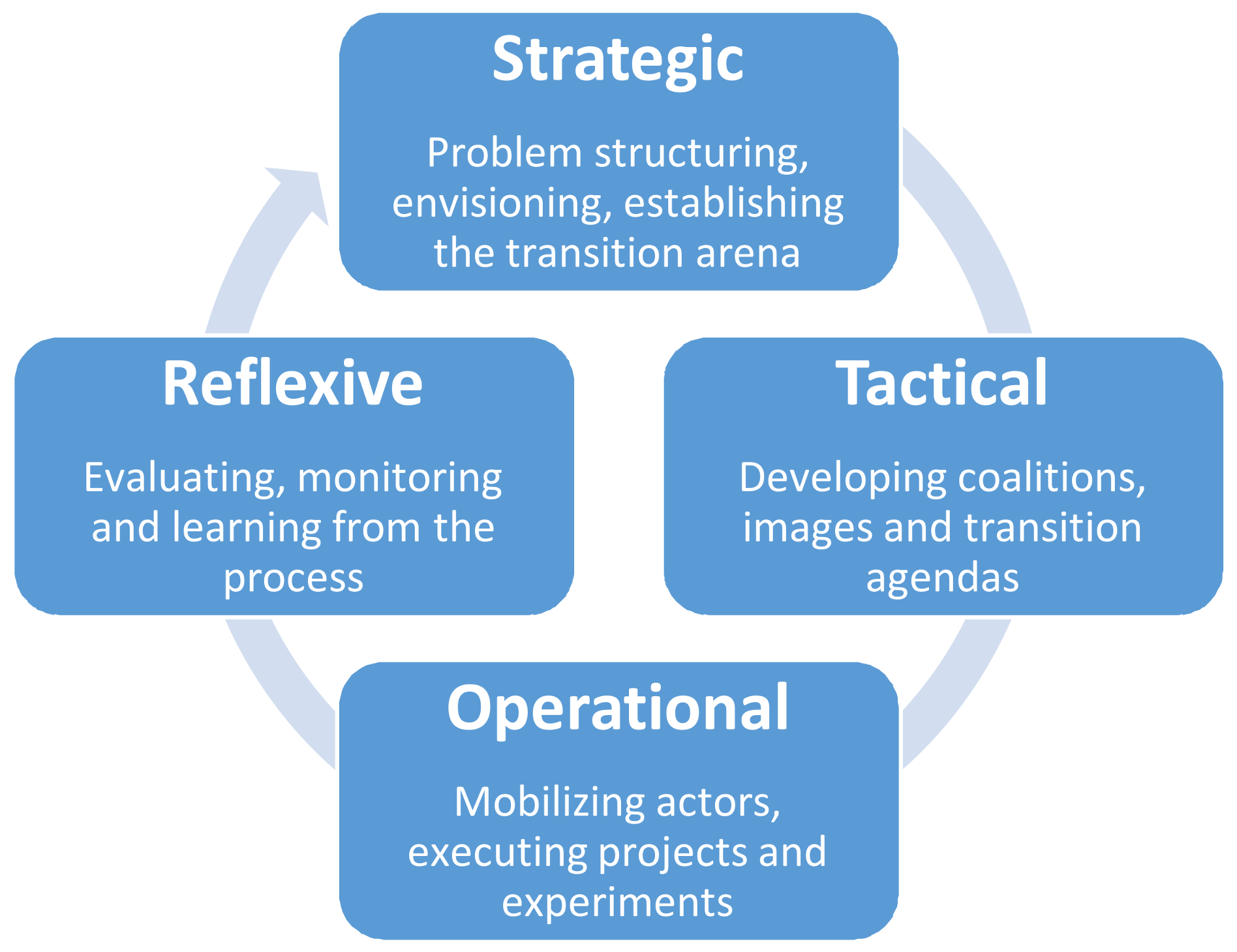
Sustainability Free Full Text Automated Mobility Transitions Governing Processes In The Uk Html
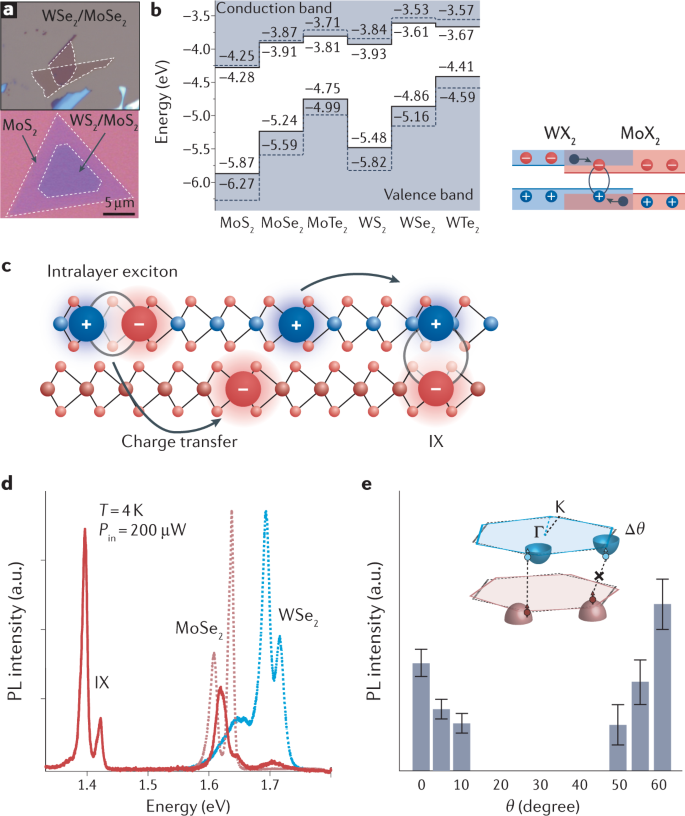
Excitonic Devices With Van Der Waals Heterostructures Valleytronics Meets Twistronics Nature Reviews Materials

Giant Transition State Quasiparticle Spin Hall Effect In An Exchange Spin Split Superconductor Detected By Nonlocal Magnon Spin Transport Acs Nano

Pdf State And Transition Models Thresholds And Rangeland Health A Synthesis Of Ecological Concepts And Perspectives
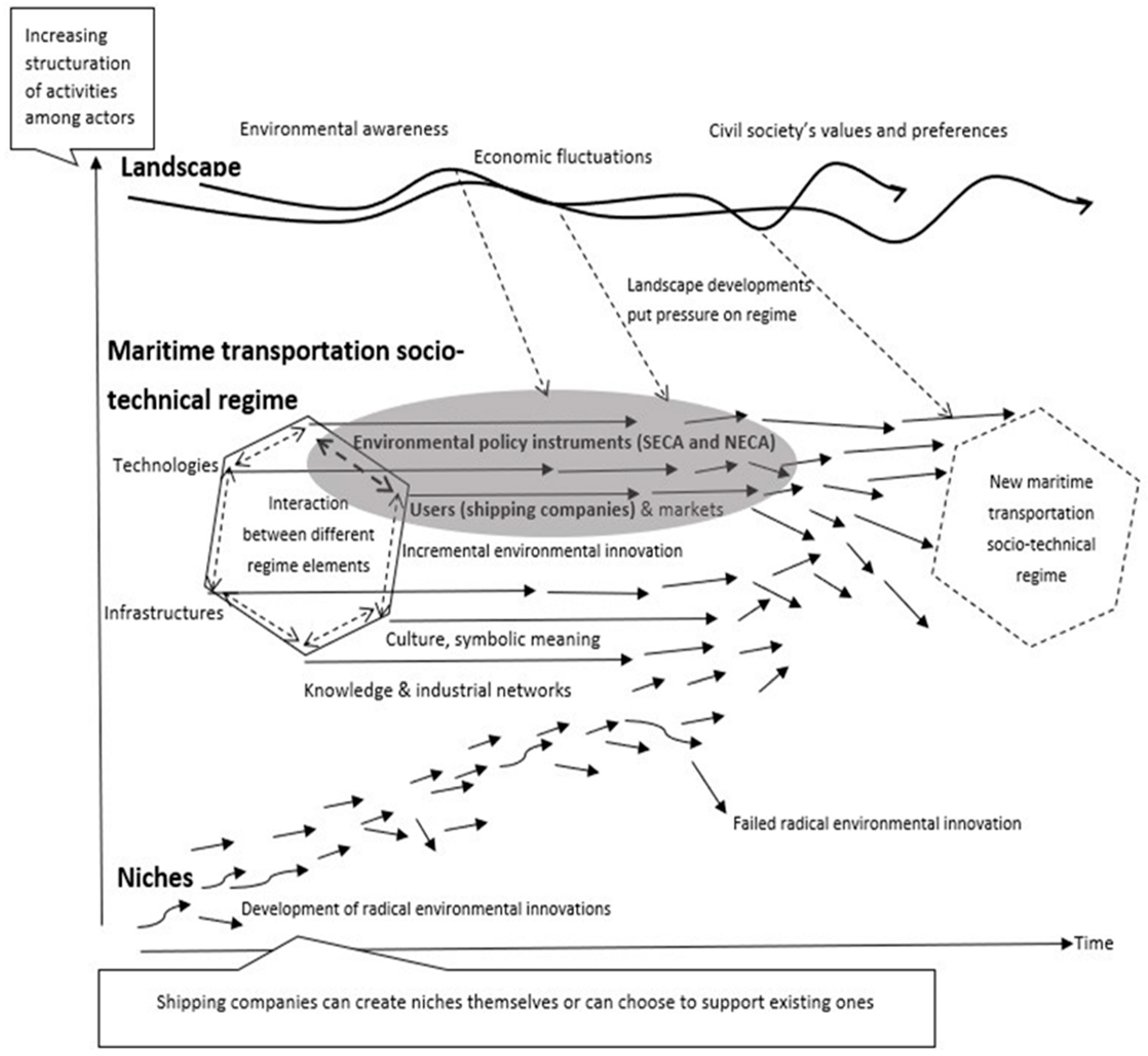
Sustainability Free Full Text Sustainability Transitions In Baltic Sea Shipping Exploring The Responses Of Firms To Regulatory Changes Html

Pdf Deforestation Displaced Trade In Forest Risk Commodities And The Prospects For A Global Forest Transition
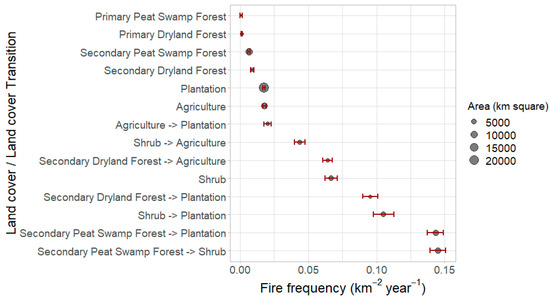
Remote Sensing Free Full Text Forest And Land Fires Are Mainly Associated With Deforestation In Riau Province Indonesia Html

Reframing Tropical Savannization Linking Changes In Canopy Structure To Energy Balance Alterations That Impact Climate Stark 2020 Ecosphere Wiley Online Library

Sustainability Free Full Text Developing Boundary Spanning Capacity For Regional Sustainability Transitions A Comparative Case Study Of The Universities Of Augsburg Germany And Linz Austria Html

Pdf Fire And Biodiversity In The Anthropocene

Rising Variability Not Slowing Down As A Leading Indicator Of A Stochastically Driven Abrupt Transition In A Dryland Ecosystem The American Naturalist Vol 191 No 1

Transition Management Framework Wittmayer And Loorbach 2016 Download Scientific Diagram
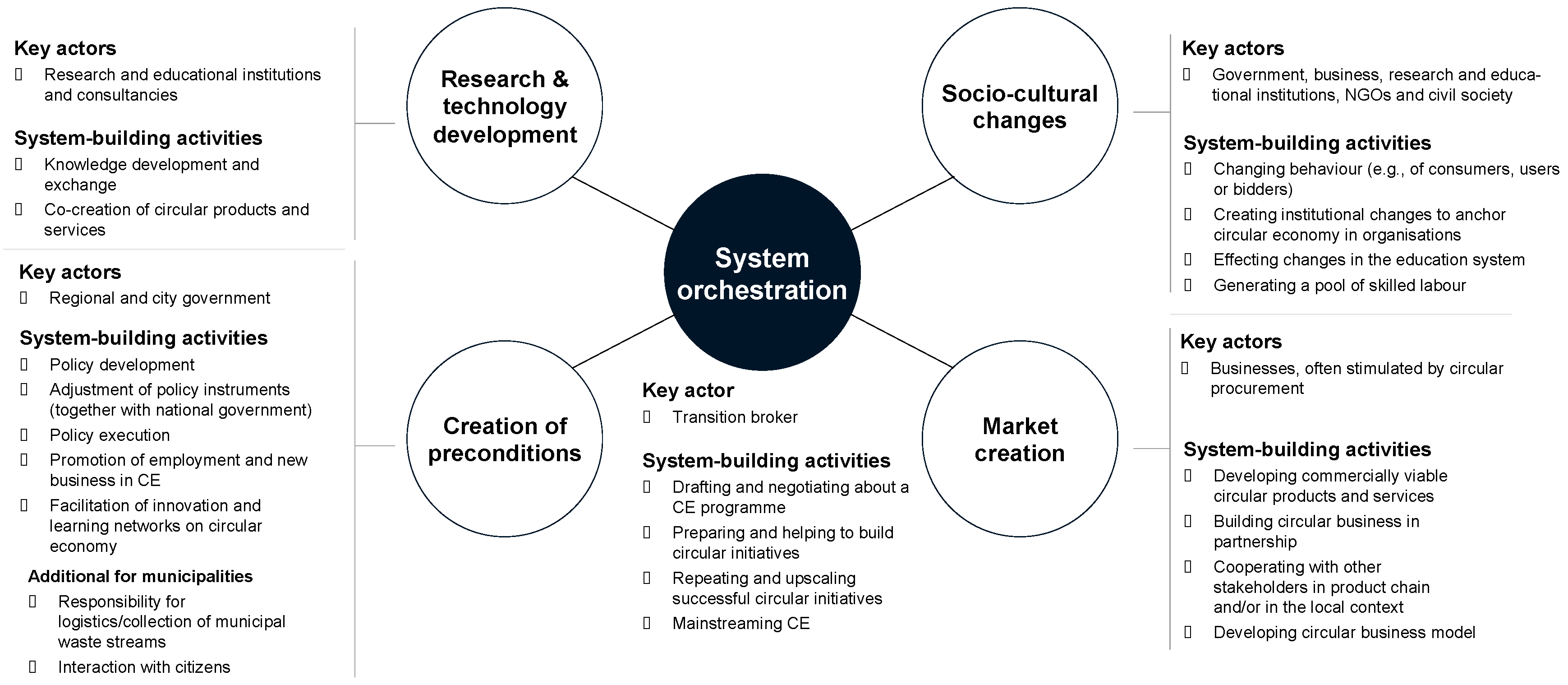
Sustainability Free Full Text The Function Of Transition Brokers In The Regional Governance Of Implementing Circular Economy A Comparative Case Study Of Six Dutch Regions Html
Comments
Post a Comment